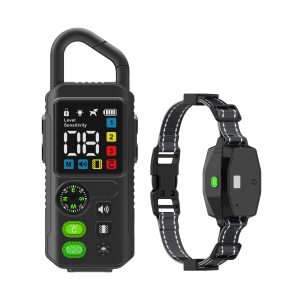The Science Behind Bark Control Collars for Small Dogs
In recent years, small dog owners have turned to bark control collars as a solution for incessant barking. These collars have sparked debate among pet owners, trainers, and veterinarians, with questions arising about their effectiveness and ethical implications. Before diving into these discussions, it’s essential to understand the science behind bark control collars.
Types of Bark Control Collars
Bark control collars come in various types, including citronella spray collars, vibration collars, ultrasonic collars, and static collars. Each type operates differently, aiming to deter barking behavior through unique stimuli.
Effectiveness of Bark Control Collars
Studies have shown mixed results regarding the effectiveness of bark control collars. While some dogs respond positively to specific collars, others may experience increased anxiety or fear. Understanding your dog’s temperament and the root cause of their barking is crucial in determining the collar’s effectiveness.
Training Considerations
Before using a bark control collar, it’s essential to consult with a professional dog trainer. Proper training techniques combined with the collar’s use can lead to more effective results and ensure your dog’s well-being.
Choosing the Right Collar
Factors such as your dog’s size, temperament, and barking triggers play a significant role in selecting the appropriate bark control collar. Consulting with a veterinarian can help you make an informed decision tailored to your small dog’s needs.
Conclusion
While bark control collars can be a valuable tool in managing your small dog’s barking behavior, it’s crucial to approach their use with caution and mindfulness. Understanding the science behind these collars and implementing proper training techniques can lead to a harmonious relationship between you and your furry companion.




